| BORON | COPPER | IRON | MANGANESE | ZINC |
Micronutrients
A micronutrient is an essential element found in less than 0.01% of the plant’s dry matter. As such, any micronutrient fertilization program should be part of an integrated nutrient management plan utilizing soil and tissue testing. Contact your Tiger-Sul Products Account Manager or Tiger-Sul Products Agronomist if you have questions about Tiger Micronutrients® or for more information.
Contact your Tiger-Sul Products Account Manager or Tiger-Sul Products Agronomist for more information.
Find out how much Tiger Micronutrients you need with our Micronutrient Application Rate Calculator.
Browse Tiger-Sul Micronutrient Fertilizers
More specific information on micronutrients can be found listed below.
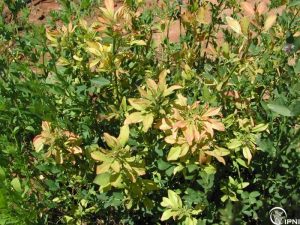
Boron (B)
Boron (B) deficiency occurs in agricultural regions, worldwide. There is a narrow range between B deficiency and B sufficiency which varies between crops. Tiger-Sul recommends that plant tissue analyses and soil sample analyses be employed to determine the amount of B to apply.
- Stored primarily in the organic matter. Low organic matter soil may have low soil B.
- Boron moves with the moisture in the soil profile.
- Deficiency symptoms increase in crops with soil pH greater than 7.0.
- Plant available B is needed more for reproduction than vegetative growth.
- Essential for seed and cell wall formation
- Enhances germination of pollen
Below is a link to additional B information we think is important to your understanding of B functionality:
Boron Mobility and Consequent Management in Different Crops https://ucanr.edu/sites/nm/files/76639.pdf
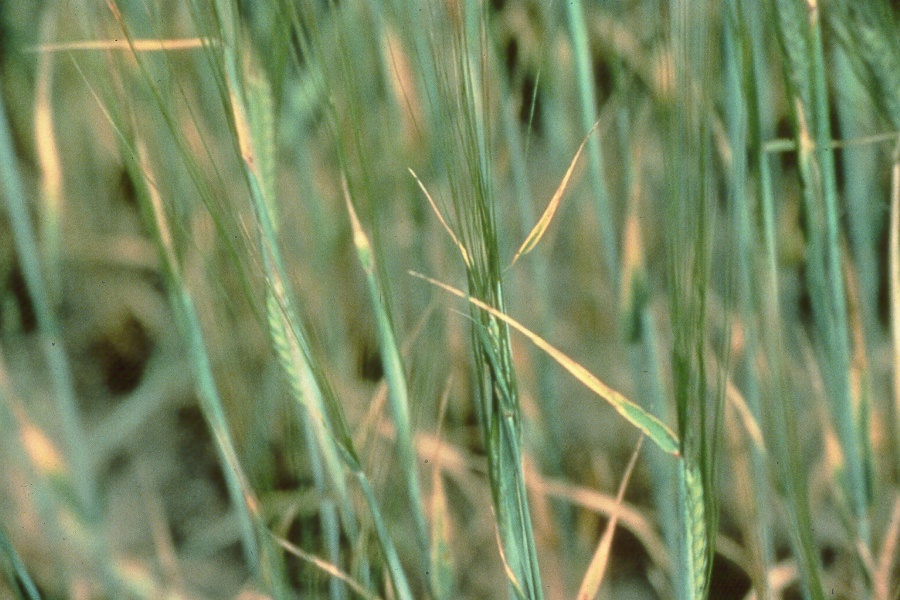
Copper (Cu)
Copper (Cu) is required for many enzymatic activities in plants, development of chlorophyll, and seeds. Copper is relatively immobile in plants and deficiency symptoms first appear in younger plant tissues.
- Deficiency may increase disease pressure (ergot), causing significant yield loss in small grains.
- Copper deficiency can occur in high organic matter and sandy soils.
- Copper deficiency is more likely to occur in cereal grains.
- Some vegetable crops such as onions, lettuce and carrots are sensitive to copper deficiency.
- Soils with a pH of 7.5 or greater should be monitored when crops sensitive to copper are grown.
- Contributes to protein and carbohydrate metabolism.
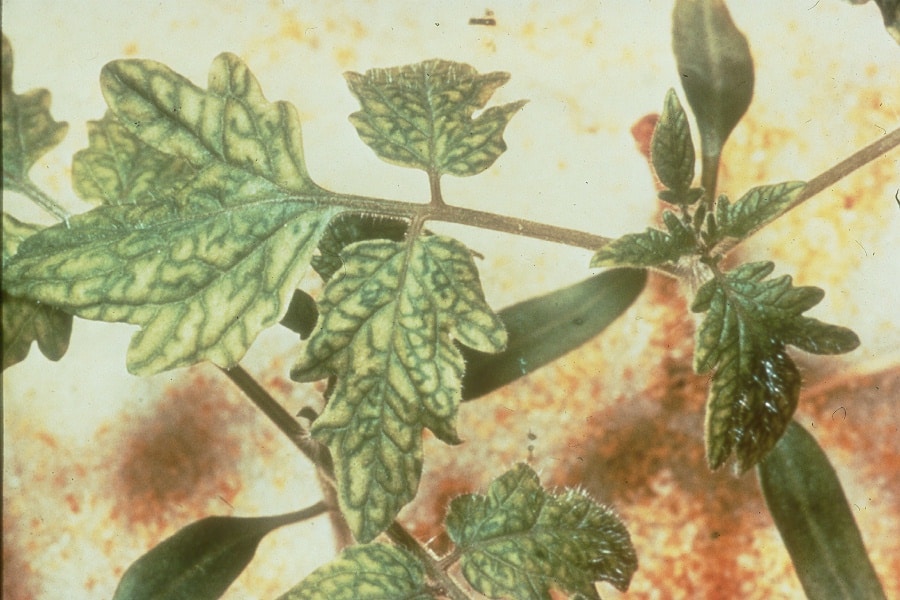
Iron (Fe)
Crops often affected by iron deficiency are corn, sorghum, specific soybean varieties, turf, tree crops and ornamentals. Soybean, dry bean, and sorghum are especially sensitive to Fe deficiencies. Typically, deficiency symptoms include interveinal yellowing (chlorosis) of young leaves. (Veins remain green except in severe cases.)
- Iron (Fe) deficiency is most common on calcareous soils.
- Iron deficiency can be induced by high levels of manganese or high lime content in soils.
- Deficiency can cause twig dieback and in severe cases, death of entire limbs or plants.
- Involved in oxidation-reduction reactions such as SO4 and NO3 conversions
- Supports chlorophyll formation
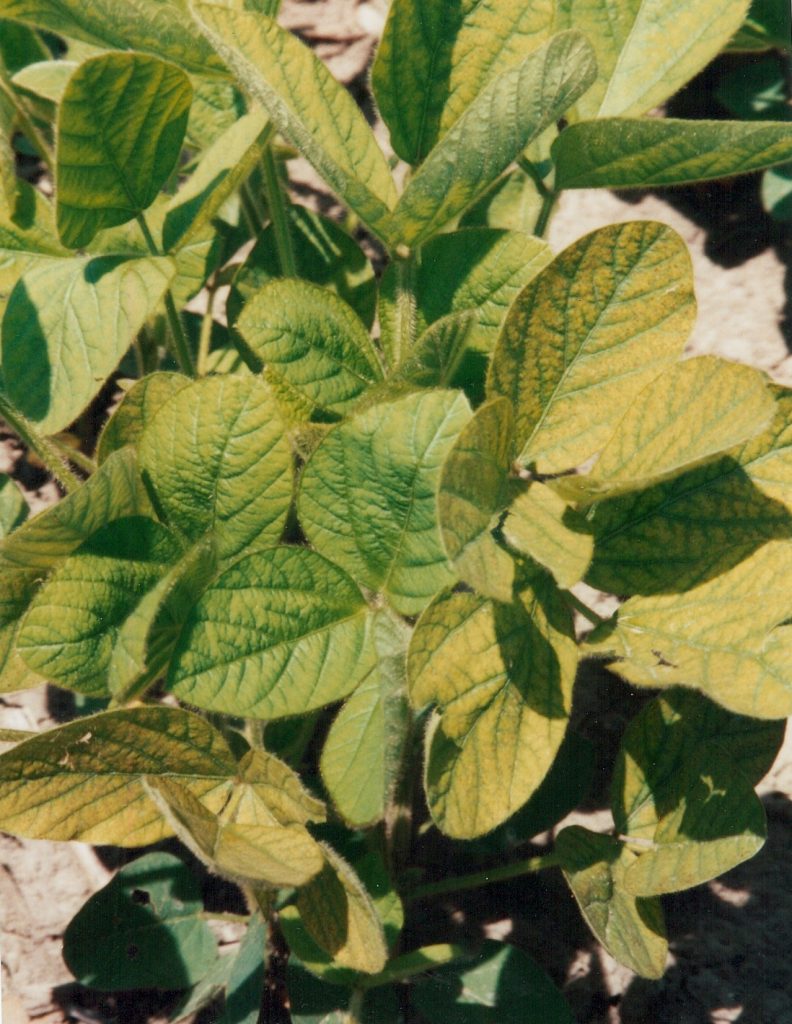
Manganese (Mn)
Crops vary in their susceptibility to Mn deficiency. Soybeans and small grains tend to manifest a sensitivity to Mn deficiency. Soil conditions most prevalent with Mn deficiency include neutral to high pH, higher organic matter, and poorly drained. High Mn concentrations can induce Fe deficiency. Manganese deficiency typically involves interveinal chlorosis and can progress to necrotic conditions.
- Manganese (Mn) acts as an activator for enzymes in growth processes.
- Active element in chlorophyll synthesis.
- Involved in nitrogen and photosynthesis metabolism.
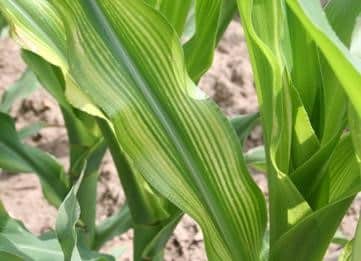
Zinc (Zn)
Zinc (Zn) is the one micronutrient most often required by several crops. Zinc is involved either directly or indirectly with many enzymes. Pecans (and other tree crops), tomatoes, corn, rice, cotton, beans, onions and grapes have generally required Zn fertilization. Citrus crops may have Zn applied multiple times in a year.
- Zinc deficiencies are typically found in highly weathered acid soils and in calcareous soils.
- Deficiency can be associated with Fe deficiency.
- Zinc deficient plants typically have both low protein synthesis levels and content.
- Symptoms may include reduced fruiting structures, interveinal chlorosis and mottled leaves and rosetting of terminal leaves.
- Large applications of P to soils may induce a Zn deficiency in the plants.
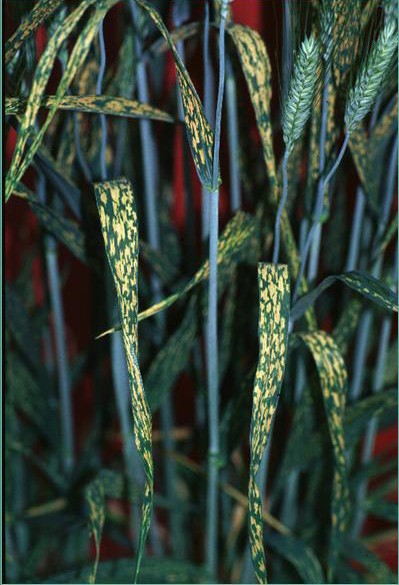
Other Micronutrients
It is important to note that Chlorine (Cl), Molybdenum (Mo) and Nickel (Ni) are also micronutrients. For more information on these micronutrients and/or micronutrient deficiencies in other crops, please contact your account representative or your Tiger-Sul Agronomist.
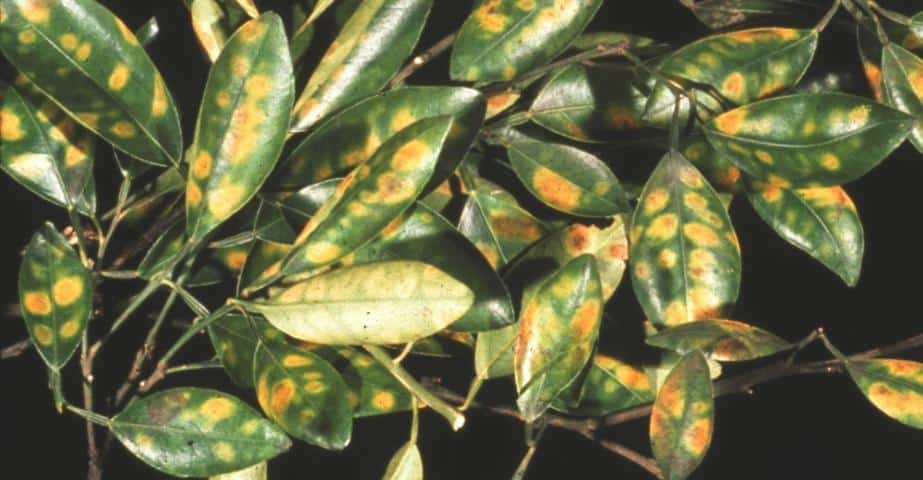
For more information on matching specific products for your crop production needs, please contact your Tiger-Sul Territory Representative.

